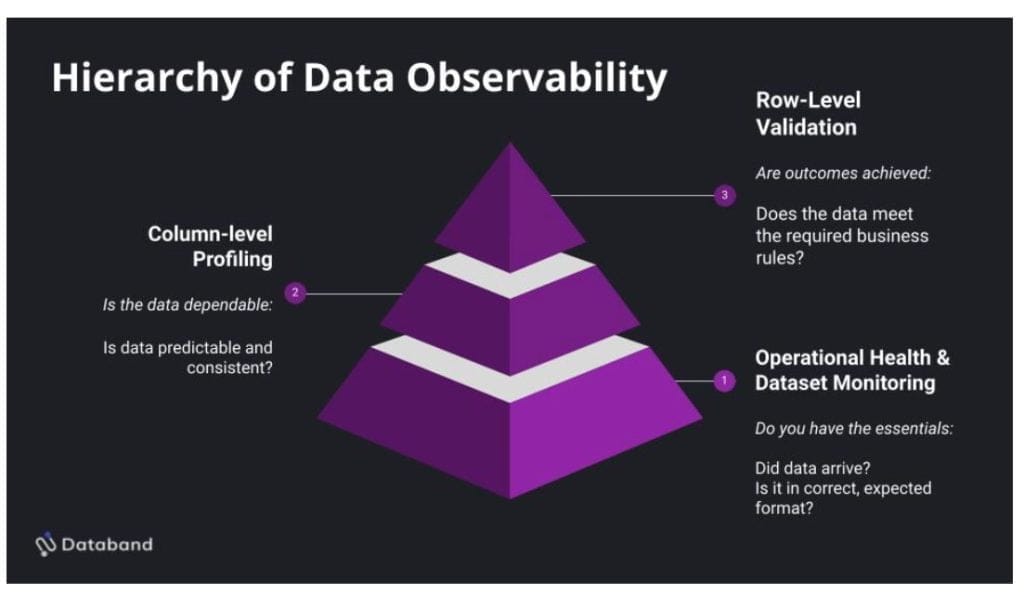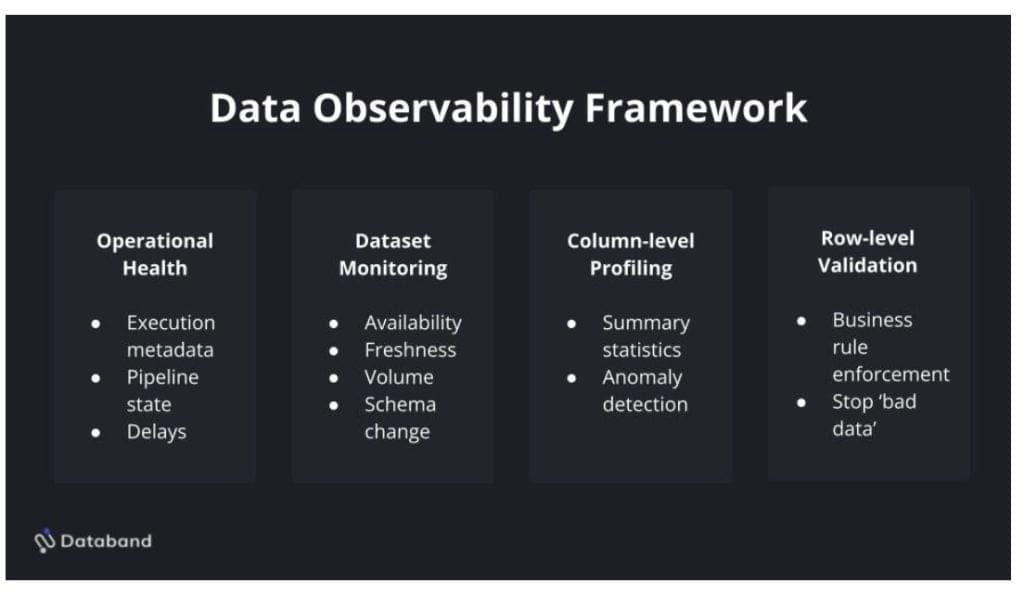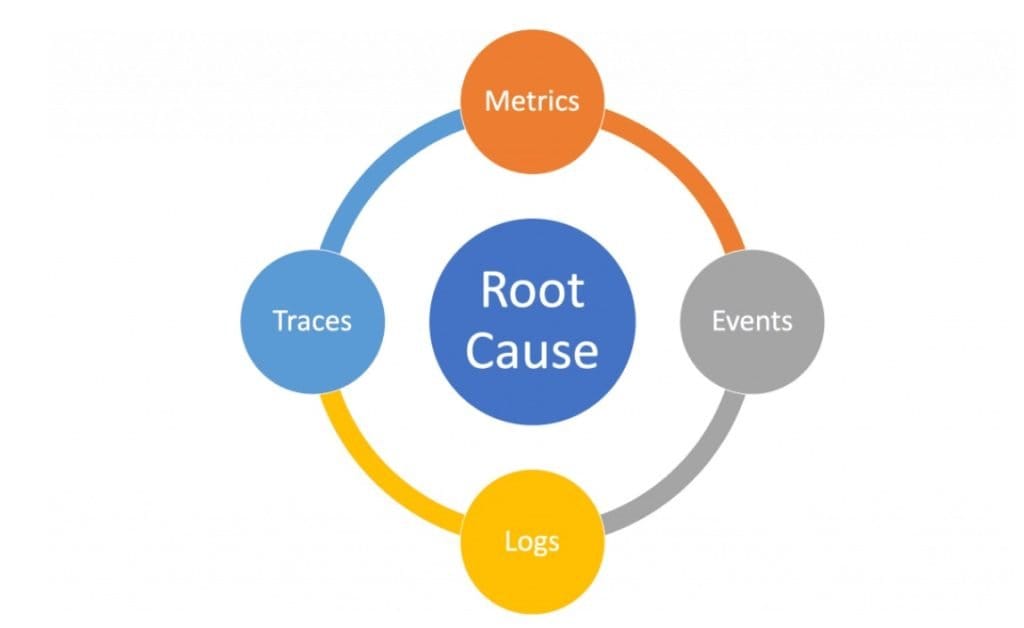Are you looking for better ways to monitor your infrastructure and operations? Are traditional monitoring systems slowing you down? If so, consider Observability.
Table of Contents
Toggle
Image source:Databand
Observability is a relatively new term, but the concept is not new. It’s simply a better way of monitoring systems through increased visibility and debugging capabilities.
This approach is trending thanks to its many benefits, chief among them:
– Its ability to help brands identify and fix issues before they cause outages or customer dissatisfaction.
This post discusses the top ways Observability can benefit your company. We’ll also compare it to conventional tools and explain why it’s the current go-to choice for most brands.
What is Observability?

Image source: Databand
Observability is monitoring your system such that you can detect and diagnose issues in real time. You do this by collecting data across all aspects of the system to gain visibility into its inner workings.
Observability differs from monitoring in that it gives you more than just a status update on your system.
With Observability, you understand the entire system and identify issues as they happen. This is crucial because it allows you to take corrective action before problems occur or cause significant disruptions.
There are many benefits of using Observability in your system, which we will explore in more detail below.
How Does it Differ from Monitoring?
Observability often compares to monitoring, but the two have some key differences.
Monitoring is a passive process– it gathers data, then waits for you to interpret it and spot an issue.
Observability is active – beyond collecting data, it uses the metrics to identify and troubleshoot issues in real-time.
| Observability | Monitoring |
| It debugs, gives context and granular insights | Shows the overall status of the app |
| Explains the WHY of the issue and provides data about the app’s state via instrumentation | Displays your system’s status without further details |
| You can ask questions about the system’s status and respond accordingly | Provides remedies/answers to known problems |
| Designed to survive in a dynamic ecosystem with changing parameters | Designed to be effective in static ecosystems with little dynamics and known parameters |
Observability is a superset of monitoring. It has all of the aspects of monitoring, plus more, making it more effective. Features like log aggregation and tracing help you identify and fix the cause of an issue much faster.
So, while both are crucial in maintaining system health, Observability is the more comprehensive approach.
6 Top Ways Observability Will Benefit Your Organisation

Image source: Moor Insights & Strategy
There are a few different reasons why Observability is so vital for organizations.
- First, it helps to identify issues before they cause significant problems.
- Second, it provides visibility into the entire system, not just individual components.
- Third, it can help to diagnose and fix problems more quickly.
- And fourth, it can help to prevent outages and downtime.
Here are the possible benefits of implementing Observability to monitor your organization.
1. Saves Money
By catching errors and issues early on, you can avoid the costly process of fixing them later down the line.
2. Improves Customer Experience
Observability can help you identify the problems your customers are facing in real-time and respond quickly.
3. Boosts Your Organization’s Efficiency
By monitoring all aspects of your company, you can identify areas that need tweaks and make changes accordingly. This can streamline your processes and make your organization run more smoothly.
4. Improves Your Brand’s Communication
Observability encourages better communication between departments and teams. It does so by providing visibility into all areas of your organization. This can help solve problems more quickly and efficiently.
5. Optimizes Operations
Using observability tools, you can gain insight into how your IT infrastructure is performing and make changes to improve performance and efficiency.
6. Builds Security into Your Business Processes from Scratch
Observability is vital when building a new application or service. It helps you measure its health at every step and build security into your new product or service from scratch.
How Can Organizations Implement Observability?

Image source: Logic.ai
There are a few different ways that organizations can implement Observability.
1. Open-source Monitoring Systems
The most common way is using software like Prometheus, an open-source monitoring system.
Open-source monitoring systems can help with observability in a number of ways. For one, they can provide visibility into the inner workings of distributed systems. This can be extremely helpful when troubleshooting issues or trying to optimize performance.
Additionally, open-source monitoring systems can also expose hidden dependencies and help you track your system’s health over time.
2. Logging Systems
Another way to implement Observability is to use a logging system. Logging tools like ELK Stack (Elasticsearch, Logstash, and Kibana) or Splunk can be helpful for Observability as they provide a centralized place to store and search logs.
Image source: Futurum Research
Additionally, many logging systems have features that allow you to create alerts based on certain conditions. These alerts can notify you of potential issues so you can analyze and fix them before they impact your business.
3. Distributed Tracing Systems
Finally, you can also use a distributed tracing system like Middleware, Zipkin or Jaeger.
These tools track data flow through your system, which can be helpful for debugging purposes.
Distributed tracing systems like Middleware, Zipkin or Jaeger can help with observability in a number of ways. First, they can help to identify bottlenecks in distributed systems.
Second, they can provide valuable insights into the inner workings of complex distributed systems. Finally, they can help to locate errors and potential problems in these systems.
Pro-tip: The key is to choose the right tool for your needs. If you’re unsure where to start, talk to a consultant specializing in Observability.
Conclusion
It’s time to upgrade to Observability; monitoring just won’t cut it in a dynamic business ecosystem.
You now understand what Observability is and how it can benefit your organization. Consider adding observability tools to your stack if you’re looking to improve your monitoring system. With Observability, you’ll gain new insights which can make all the difference in your world.




